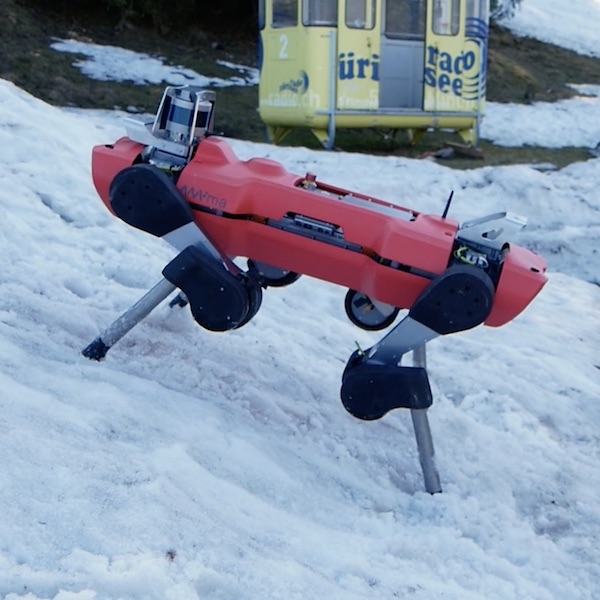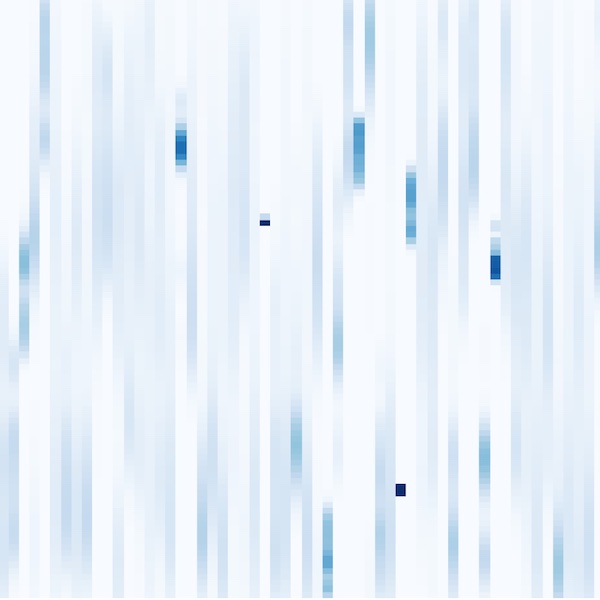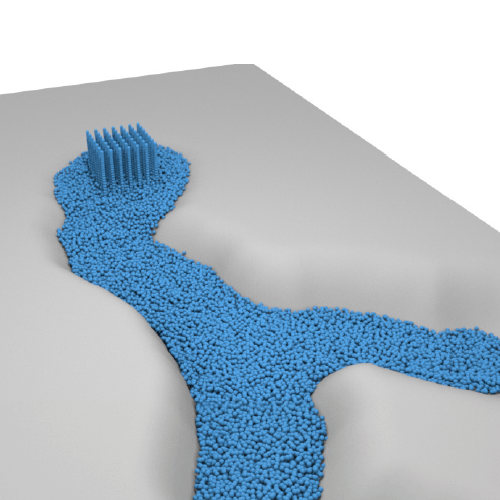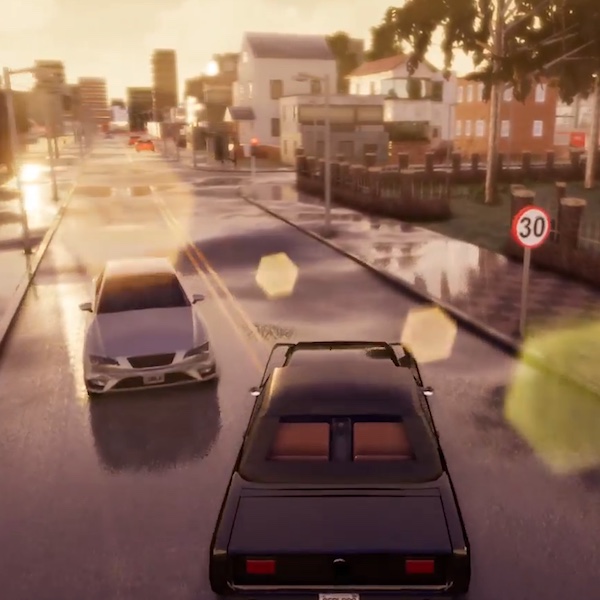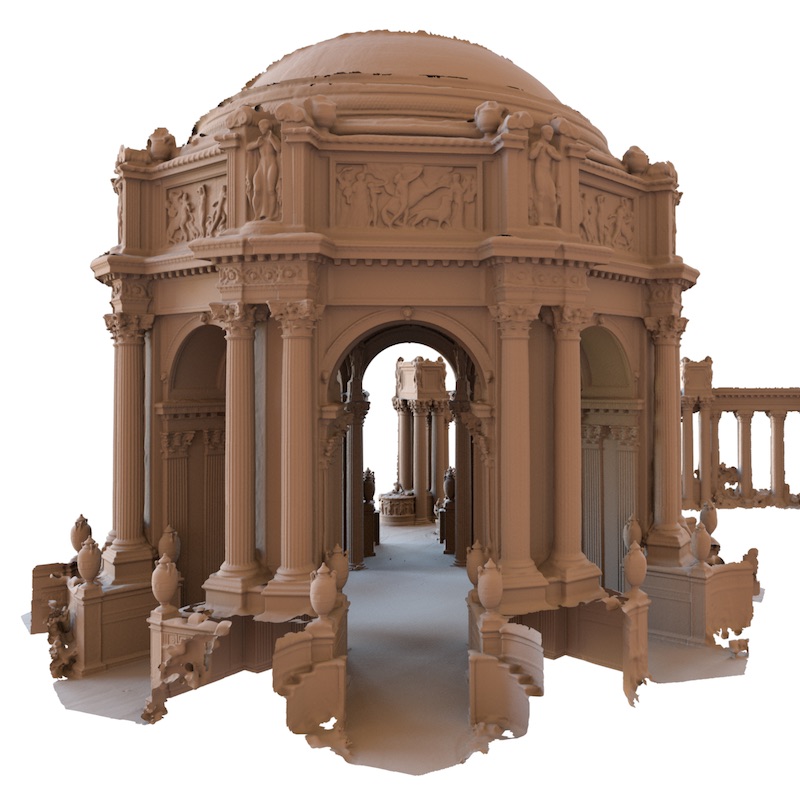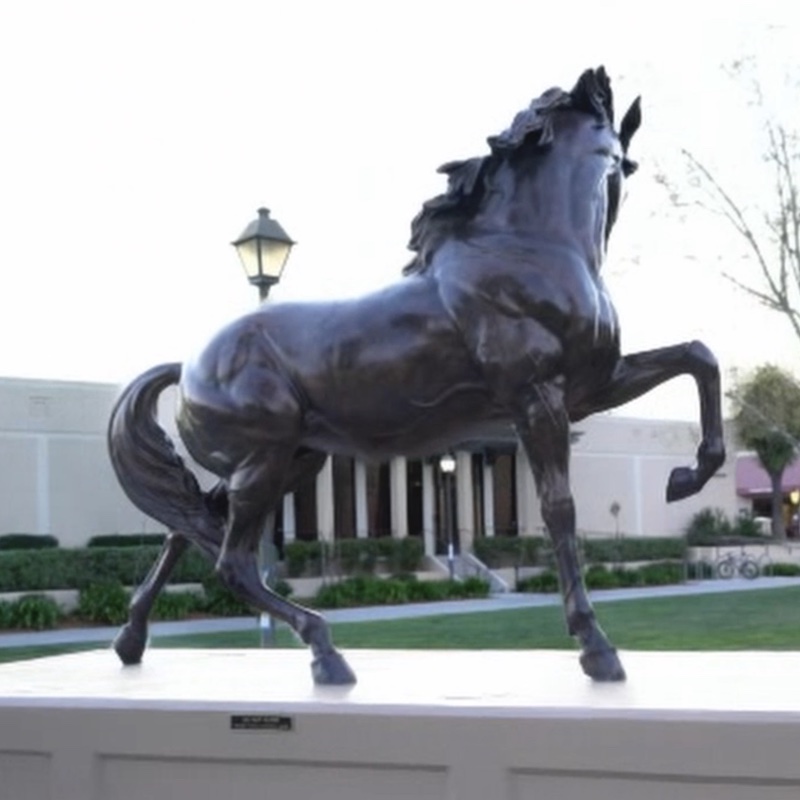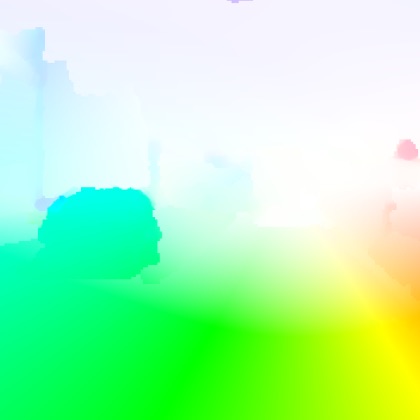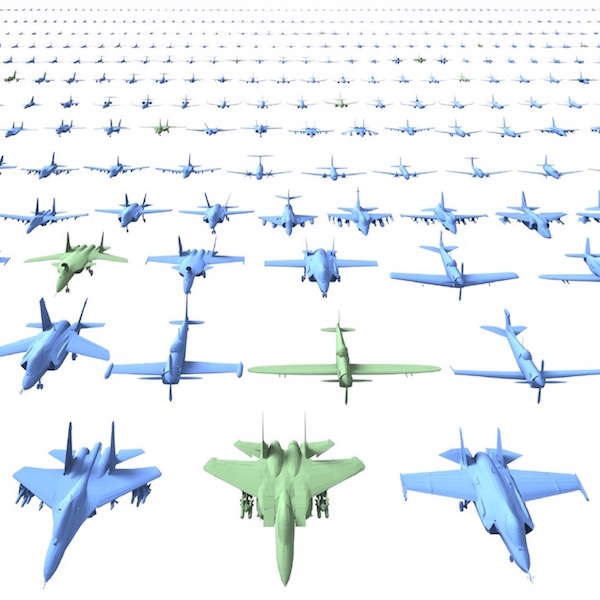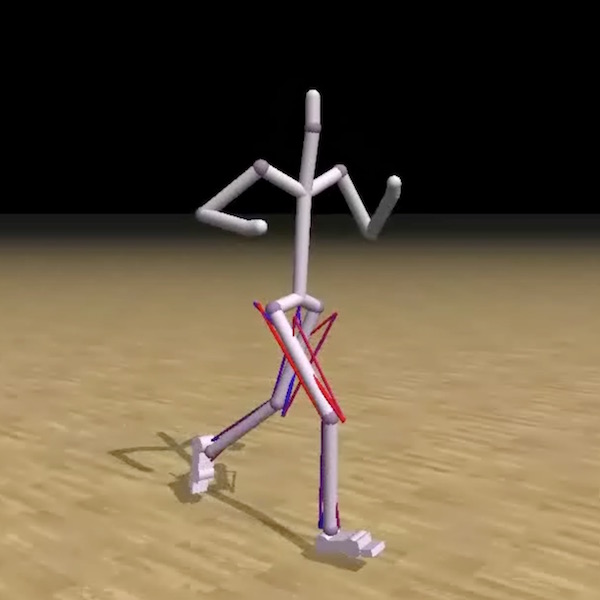Robotics
We are working with a variety of robotic systems, focusing on mobility and the coupling of perception and control. We work with wheeled vehicles, flying machines, and legged robots. One of our emphases is on agile autonomy. We aim to enable deployment of autonomous mobile robots in previously unseen and unmapped environments. The robots should traverse these environments with no prior exposure to them, with purely onboard sensing and computation, and with great speed and agility. Much of our work leverages learning-based techniques, and develops unified treatments of perception and action.

